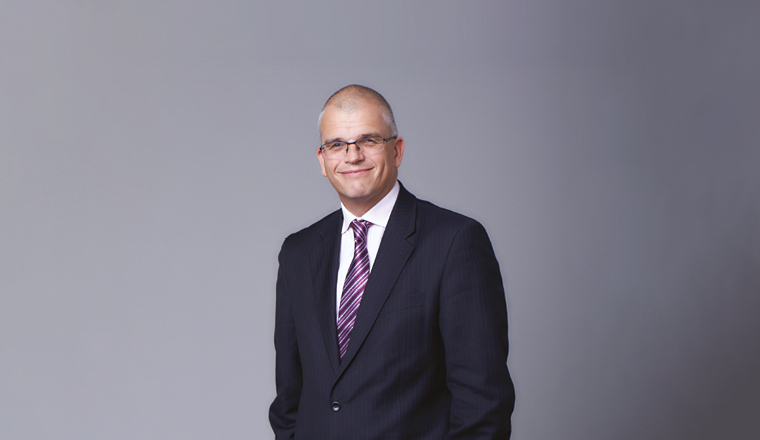Published: January 15, 2024
Following a currency crisis, and an economy battered by unorthodox policy measures, Turkiye’s banks appear to be charting a course towards normalisation. What kind of risks will they be facing over the months ahead?
Until very recently, the Turkish economy appeared to be flipped upside down. We have been witnessing the fallout from an unorthodox economic policy, in which interest rates remained low at 8.5% despite runaway inflation. In October 2022, inflation hit a 24-year high of 85.5%, before dipping somewhat and then surging back to 61.5% this September.
Since Turkiye’s historic currency crash in 2021, the government has used billions of dollars of reserves to protect deposits from currency depreciation. President Recep Tayyip Erdogan has further rattled the markets by firing four central bank governors in as many years, leading to an exodus of foreign investors. Meanwhile, private banks have faced a string of profitability-dampening regulations.
This chaos, however, may now be a thing of the past. Following Erdogan’s re-election last May, the self-described ‘enemy of interest rates’ has made a U-turn. He has appointed a new finance minister and central bank governor, who have presided over a policy shift with a view to improving Turkiye’s financial fundamentals. In November, the central bank hiked interest rates to a more conventional 40% in a bid to curb inflation.
“The pace of monetary tightening will slow down and the tightening cycle will be completed in a short period of time,” said the central bank. It added that interest rates would stay elevated “for as long as needed to ensure sustained price stability.”
The upshot is that Turkish banks are now entering a period of ‘normalisation’. That’s the verdict, anyway, from a recent Bank of America report, which added that “we believe Turkish private banks offer good value”. The analysts expect banks’ return on equity to rise above 30% next year and describe asset quality risk as ‘manageable’.
“Certainly it’s built confidence,” Timothy Ash, senior EM sovereign strategist, emerging markets, at BlueBay Asset Management, tells EMEA Finance. “It’s stopped dollarisation and has enabled the central bank to build growth reserves again – they’ve added $30bn. Previously, they had this wacky financial architecture implemented to avoid great hikes, and it made it almost impossible to transact in Turkiye. So they’ve eased off the financial plumbing and that’s made it easier to do business.”
A mixed picture
Perhaps unsurprisingly, Turkish banking stocks have risen considerably since the summer. According to S&P Global Ratings, Turkish banks generated strong shareholder returns in the third quarter of last year, while the Turkish BIST Bank Index rose by more than 61%. That growth has been fuelled in part by a weak lira and re-accelerating inflation. But it does pay testament to the ways that risks are stabilising.
“In our Banking Industry Country Risk Assessment, we have changed the economic and the industry risks to stable from negative. We think now risks are more balanced, but we continue to think that they remain very high,” Regina Argenio, director of financial institutions at S&P Global Ratings, tells EMEA Finance.
Overall, she thinks the picture for Turkiye is rather mixed.


